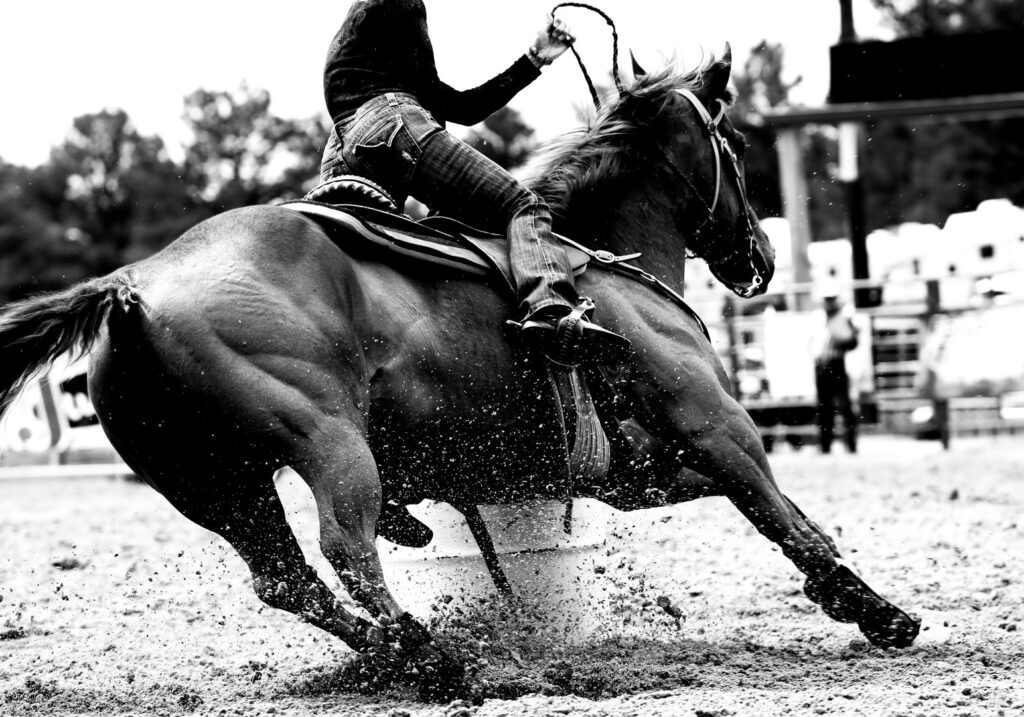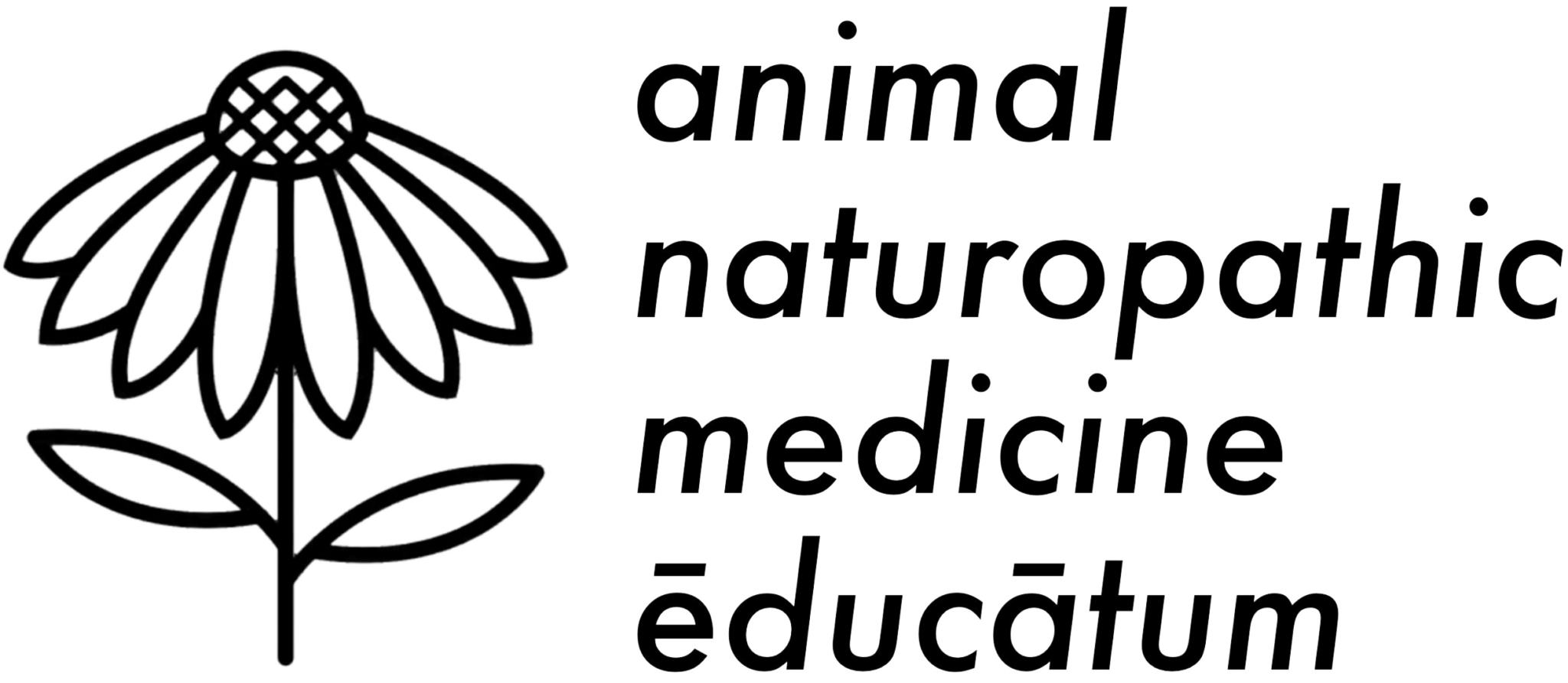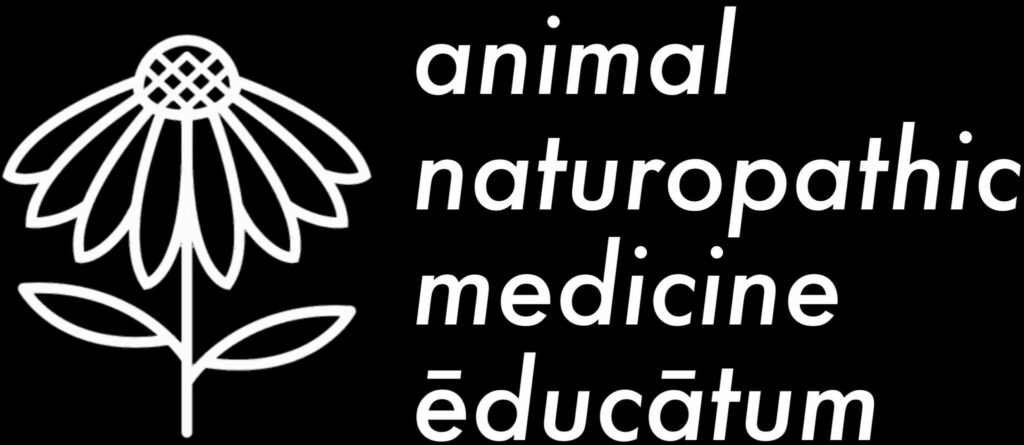Professional Certifications in Equine Myotherapy
*Please note: This course is currently undergoing changes and will be re-launched in 2026*
The Musculo-tendinous system in the horse, is the system that provides structure, support, and movement of the skeleton, therefore any horse in any form of work, sport, activities involving a human, should be considered an athlete. Horses were not designed to carry a human, yet this amazing, majestic prey animal is heroically documented throughout history as one of the greatest living marvels consisting of enormous strength and stamina to work alongside humans. Nothing about the horses Musculo-tendinous system of movement has changed, but the demand on a horse’s power, speed and agility has increased worldwide and across many disciplines. Horses have the capacity to provide quite the income for humans, yet it is still unfortunate that so many horses go without the true consideration of care that a human athlete requires to maintain such function of their body, including ongoing health and wellbeing.
In short, when we ignore muscle-tendon dysfunction, we are also ignoring the body’s overall balance and function to do the physical activities to their best capabilities, this inevitably places unnecessary added dysfunction and stress on joint function as well.
Therefore, by focusing on the equine anatomy and physiology, we are also able to understand how muscles move the skeleton, in conjunction with the importance of nerve receptors within the muscle cells and the overall neurological relationship and positive influence that massage can stimulate, so that the body can fully reap the benefits of each massage treatment, this enables positive treatment plans to become constructive resolutions.
Prior to this course’s inception here in Australia in the late 1980’s where it was formerly known as ‘EMT’, time was spent to ensure the course was specifically tailored to the equine structure. Communication with Veterinarians and other equine professionals, equine necropsy analysis, were all a part of the equine specific guidelines with proven evidence-based treatment outcomes, that would see this course standout and stand the test of time.
Leap forwards to 2023 and the launch of the very specific and long-awaited Animal Naturopathic Medicine Ēducātum (ANME) online program, we have again further developed and renamed the course to match the ongoing development of how to best work with our Equine friends giving tremendous support to their Musculo-skeletal system.
Students learn how to apply traditional massage techniques working specifically into each muscle with the awareness of all positive physiological effects being initiated to aid the healing processes. There are a variety of techniques within this course that celebrate the steps to our foundational naturopathic approach of looking at the body with a ‘whole-body-balance’, to achieve the desired outcomes.

Subjects include:
- Equine Anatomy.
- Equine Superficial and Deeper Muscle System.
- Equine Skeletal System.
- Muscle Actions and Origin/Insertion Points.
- Directional Terminology.
- Latin Terminology.
- Contraindications to massage.
- Fundamentals of Muscle Injury.
- Muscle Physiology.
- Exercise Physiology.
- Visual Observations: Gait Analysis, Biomechanical Function/Dysfunction.
- Tactile Observations: Soft Tissue Assessment.
- Massage Techniques: including clinical, remedial, therapeutic and sports massage, myofascial release, trigger points, stress points, muscles spasm release, deep tissue release, muscle-tendon junction release, soft tissue mobilisation, myofacilitation.
- Equine Proprioceptive Pole Therapy Exercises.
- Hoof and Leg Biomechanics.
- Saddle Fitting: including identifying saddle fit dysfunction, muscular and skeletal compensation patterns, saddle support area (SSA), scapula protraction and retraction disorders.
- Occupational Health & Safety Considerations.
- Massage Report Writing.



